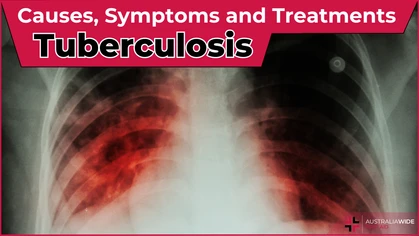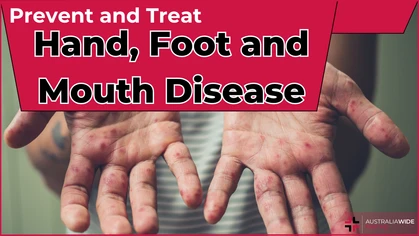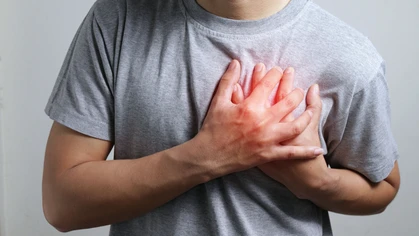Heart Attack in Women – Signs & Symptoms

Disease

Heart Attack in Women – Signs & Symptoms
The most common symptom for heart attack in women is chest pain (angina) or discomfort. Chest pain in men also presents as the most common symptom. But women are more likely than men to experience other common symptoms, in particular shortness of breath, nausea, vomiting, back pain or jaw pain. Pre heart attack symptoms appear in 50% of people who have heart attacks, according to the US Society of Cardiovascular Patient Care. As symptoms vary, ranging from constant to intermittent, even disrupting sleeping patterns, it’s important not to ignore them. If you experience any symptom of heart attack, seek emergency care right away even when you’re not sure. Each heart attack is different. Regardless of symptoms being mild or severe, a heart attack can lead to premature death. The first 2 hours following a heart attack is when 85% of heart damage occurs.Signs and Symptoms of Heart Attack in Women
- Chest pain: Chest pain or discomfort is described as tightness, pressure, squeezing, and aching. Note that women can have a heart attack without experiencing any chest discomfort. Research from 69 studies over 35 years found that 30% to 37% of women experienced no chest discomfort during a heart attack (compared to 17% to 27% of men who experienced no chest discomfort). The women and men in the reviewed studies who did experience chest discomfort during a heart attack was calculated at between 66% and 75%.
- Unusual fatigue: Unusual fatigue is often experienced in the weeks leading up to a heart attack. Even activities that require minimal exertion can seem exhausting. Fatigue can also be experienced just prior to the episode itself.
- Weakness: A common symptom of a heart attack in women is feeling weak or shaky. This weakness or shaking may be accompanied by anxiety, dizziness, fainting, and feeling lightheaded.
- Shortness of breath: This shortness of breath symptom appears without exertion. Some women experience it even when lying down, perhaps easing when they sit upright. Shortness of breath, especially with accompanying fatigue or chest pain, is an indicator of heart problems.
- Sweating: Unprompted sweating is another common heart attack symptom in women. Excessive sweating and feeling cold and clammy, could indicate heart problems.
- Upper body pain: This symptom is hard to pin down to any particular muscle or joint in the upper body. The neck, jaw, upper back, or either arm could be affected. Pain can start in one area before gradually spreading to others, or it may come on suddenly.
- Sleep disturbance: Another heart attack symptom is difficulty trying to get to sleep, disrupted sleep, and feeling tired despite getting enough sleep. Close to half the women in a 2003 study reported this sleep disturbance symptom in the weeks leading up to their heart attack.
- Stomach problems: Some women feel pain or pressure in their stomach before a heart attack. The symptoms can include indigestion, nausea, and vomiting.
Post-menopause heart attack
The risk of heart attack in women increases after menopause due to decreasing levels of oestrogen. Heart attack symptom in women after menopause include:- chest pain (usually severe)
- pain or discomfort in arms, back, neck, jaw, stomach
- rapid or irregular heartbeat
- sweating without exertion
Silent heart attack symptoms
Silent heart attacks occur without the tell-tale symptoms. No chest pain, no shortness of breath. You may not even realise you’ve had a heart attack. A study published in the US medical journal Circulation, revealed that 45% of heart attacks are silent. While more likely to happen to men, silent heart attack in women is more likely to be fatal. Silent heart attack will leave the heart scarred. Muscle death will have occurred and the future chance of fatal heart attack will have been increased by a factor of three. As the name suggests, it is not easy to recognise if you have had a silent heart attack and as a result, adequate treatment may not be received in order to prevent another. The next heart attack has a strong chance of leading to fatal cardiac arrest. Read more about Sudden Cardiac Arrest.How do you know you’ve had a silent heart attack?
The heart’s electrical activity can be analysed by an electrocardiogram. An ECG can therefore detect that a silent heart attack has occurred. Often, symptoms mistakenly attributed to flu, stress or tiredness, may also have been present:- abdominal pain or heartburn
- fatigue
- mild discomfort in chest, arms, or jaw, easing after resting
- shortness of breath/tiring easily
- skin clamminess
- sleep disturbances
How long can a woman have symptoms before a heart attack?
Research suggests that women experience symptoms for several weeks before a heart attack. In 2003, 515 women who had experienced heart attack were the subjects of a study, which found 80% of the women had at least one symptom at least 4 weeks prior to their heart attack.Preventing heart attack
It’s not uncommon for Australian women to share in a family history that includes heart disease, high blood pressure, or high blood cholesterol. Cigarette smoking and obesity are other risk factors that may also be prevalent. Ask your doctor to test the condition of your heart if you have cardiac risk factors. You’ll have a better chance of staying on top of your heart health by scheduling regular medical check-ups and following a care plan. Learning to recognise the symptoms will also help you avoid the likelihood of severe heart damage from a heart attack by taking quick and decisive action. Disclaimer: This article is for informational purposes only. It does not constitute, replace, or qualify as any form of first aid training.
Originally published at
https://www.australiawidefirstaid.com.au/resources/heart-attack-symptoms-women
as part of the Australia Wide First Aid Articles Library









